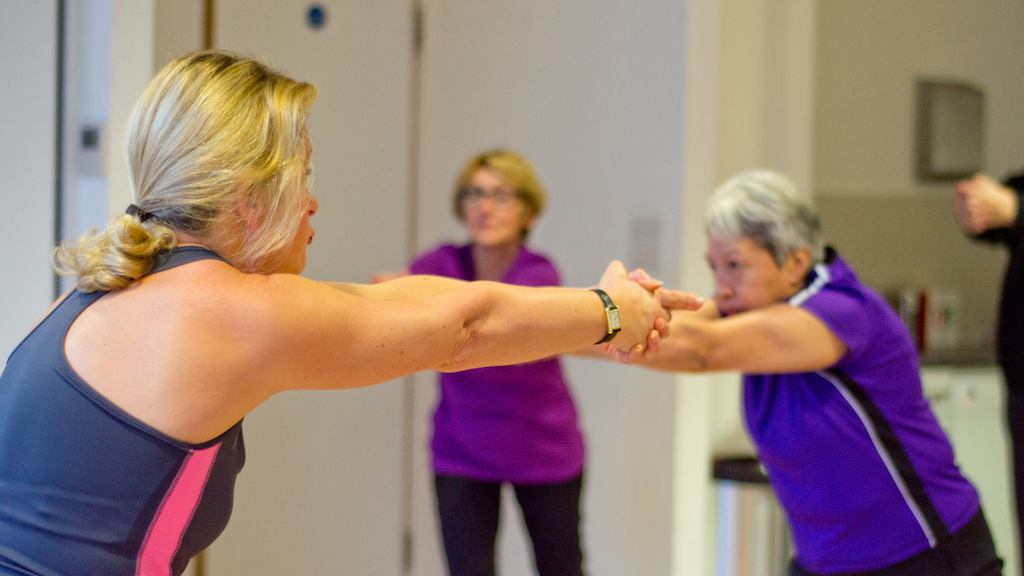The paper published in the British Medical Journal (BMJ) reinforces the message that frailty, dementia and disability are not inevitable consequences of ageing and argues that, since the beneficial effects of exercise are better than many drugs, the NHS should “prescribe” exercise.
Enabling people to stay ‘above the line’ of being able to get to the toilet in time is critical, it says, as crossing this line can increase social care costs five-fold.
The lack of physical activity for hospital inpatients was singled out. Over 60% of in-patients reduce mobility and over 80% of time is spent in a bed. Health professionals may not realise the scale of improvement possible and have misconceptions about how to reverse declines in ability and fitness among older patients.
The authors call for changes to environments and in expectations to enable middle-aged and older people to become more active, including more open spaces and facilities (eg cycle lanes) to help people travel actively. They also point to a role for friends and family in helping loved ones to achieve 150 minutes per week of moderate activity and undertake regular activities to improve muscle strength and balance. All these measures would also improve brain function and reduce the risk of dementia, further lowering the risk of needing residential care. Encouraging higher levels of physical activity among older adults could save billions in social care and NHS costs, the authors conclude.
Scarlett McNally, an Orthopaedic surgeon and lead author said:
“Social care can be preventable because the risk of disease, disability, dementia and frailty can be reduced. We need individuals to understand how to get active every day and to help their friends and family to be active. We need national and local organisations to build activity and active travel into our environments and to demand improvements. The improvements are quick.”
Anna Dixon, Chief Executive at the Centre for Ageing Better said:
“Falls account for 4 million hospital bed days every year. Physical activity that maintains and improves muscle strength and ability to balance is crucial in reducing the risk of falling, potentially saving the NHS £1 billion from hip fractures. Physical activity is also critical to helping people live independently as they get older. Health professionals need to do more to support older adults to be physically active, including inpatients and those with longterm conditions.”
Dr Ben Maruthappu, Chief Executive of Cera said:
“There are a million more people aged over-65 today than there were in 2010. As pressures mount on the NHS and social care, we need to think differently about ageing. Physical activity can radically improve the lives of millions, while saving millions for the taxpayer, and fending off conditions such as dementia.”
Kenny Butler, UKactive Health & Wellbeing Lead said:
“Social care is not inevitable. We can delay or avoid the need for it entirely by managing long-term conditions through social prescribing and physical activity across our ageing society. This is achievable right now if we combine existing good practice with effective physical activity therapy and make it more accessible.
“Through collaborative working across the health, social care and activity sector, we can bring these elements together to provide a practical model for helping people to be more active and signposting towards this via practitioners, family members and carers.”
Sir Muir Gray, one of the paper’s authors said:
“The gap between the best possible level of ability and the actual rate of ability can be reduced at any age, no matter how many long-term conditions the person may have. The increase in the level of ability may not only restore the person to the ability they enjoyed ten years earlier, it may make the crucial difference between living well at home or being dependent on social care or residential care.”

